Inspection and Re-Certification
Fall protection inspections and re-certification services
Annual fall protection inspection and periodic re-certification by a qualified person is about more than just complying with OSHA regulations and ANSI Standards. Improperly tensioned lifelines, loose or rusted bolted connections, deployed tip-over posts, faulty welds, and unauthorized system modifications can compromise system safety.
Diversified Fall Protection can inspect, test, and certify/re-certify any fall protection equipment, regardless of the manufacturer. We will make all the required documentation available in our Client Portal, where you can not only download your documents when you need them, but can also see upcoming inspection/re-certification deadlines. If you're in California, we are an approved SIT agency and can perform all types of inspections and certifications needed. Learn more about SIT-specific services here.
Contact Diversified Fall Protection for a no-obligation quote for any of our inspection and certification services.
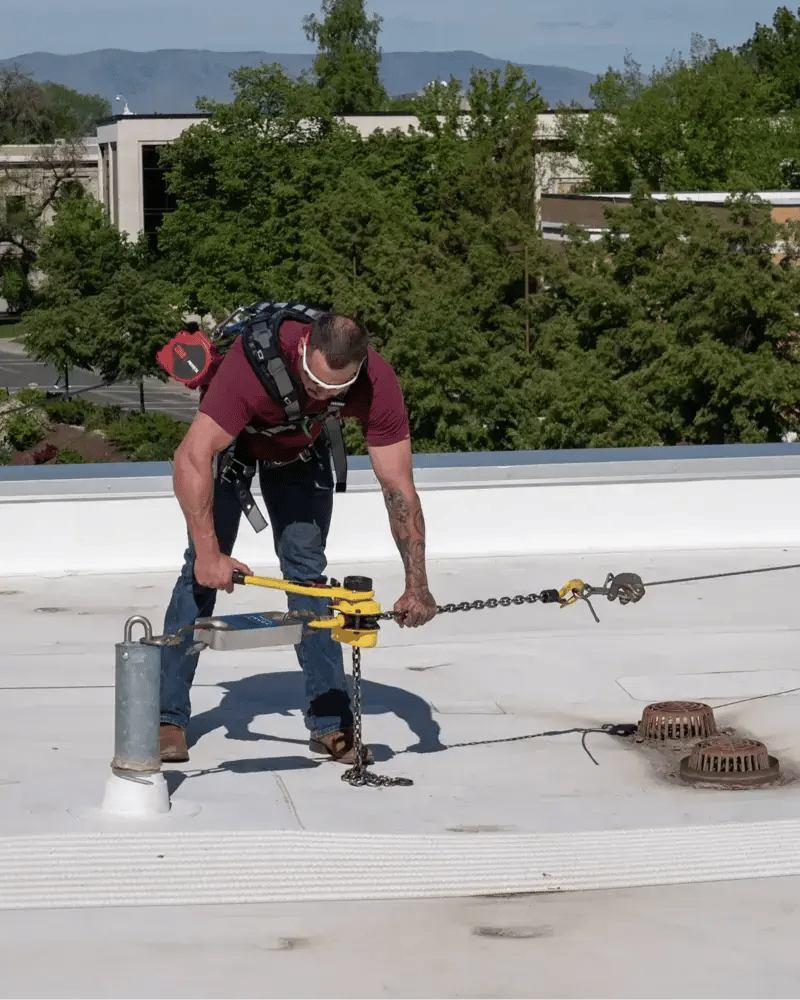
What to Expect During the Annual Inspection and Re-Certification Process
During the onsite visual inspection process, our inspectors are able to identify worn or damaged components, as well as components that may not conform to system specifications due to potential unauthorized modification or use. Our team of qualified experts will not only provide recommendations for system repair via fall protection inspection documentation, but they can also return to provide turnkey repair service based on inspection findings.
Diversified also performs required system re-certifications that involve inspection with onsite load testing at intervals not to exceed 5 or 10 years depending on system type. This process includes a thorough review by a qualified person to certify system compliance with current OSHA and ANSI standards. Like annual inspections, a detailed report is issued noting any deficiencies and recommendations for repair. If your system does not have a valid in-date certification, a recertification needs to be performed prior to use. With any needed repairs completed, Diversified Fall Protection then assumes liability of system compliance, contingent upon annual inspections, for the next 5 or 10 years.
What Happens If My System Requires Repair?
Each of our inspectors are able to identify worn or damaged components, as well as components that may not conform to system specifications due to potential unauthorized modification or use. Our team of qualified experts will document recommendations for system repair and can return to provide turnkey repair service based on inspection findings.
How Will I Know When Re-Certification Is Due?
We perform required system re-certifications that involve inspection with onsite load testing at intervals not to exceed 5 or 10 years. The timeframe for fall protection annual inspection requirements varies based on the system type.
Active fall protection systems require recertification at intervals not to exceed 5 years, and suspended maintenance and window washing systems (rope descent systems) require recertification at intervals not to exceed 10 years.
Our team evaluates current certification records and fall protection inspection forms during each annual inspection and will provide notification when a system is due for recertification. If a system does not have a valid in-date certification, a recertification needs to be performed prior to use.
Why Engineering Documents Are Important
When requesting the inspection and re-certification of fall protection or suspended access systems, your fall protection company SHOULD review engineering documentation, including calculations and drawings. These documents provide important clues about the system, such as the maximum number of users, supporting structure, equipment load ratings, lanyard requirements, fall clearances, and force levels exerted on the system during a fall event. At Diversified Fall Protection, we archive all of the engineering information for each fall protection and suspended access system we design, fabricate, install and certify (to include recertifications). If our client loses or misplaces the engineering drawings or certification documents, DFP can provide the necessary fall protection inspection documentation for record.
Suspended maintenance rope descent anchorage systems (RDS), also known as window washing anchors, require annual inspection and recertification at intervals not to exceed 10 years by a qualified person. In the event of a fall, system activation or damage, tag the anchor/component out and deem it “out of service” until it can be reviewed by a qualified person. As part of the annual inspection process, our inspectors check anchors and system components for signs of wear, corrosion, damage, misuse, missing parts and potential system activation. We also review the anchorage layout for compliance with OSHA and ANSI standards.
During the recertification process, our inspection team performs load testing of each anchorage and system equipment in compliance with OSHA 1910.27. Our team of qualified fall protection engineers specifies testing criteria and evaluates testing results along with system components and building drawings for system recertification. After review and determination that the system complies with OSHA standards, including that each anchorage meets strength requirements (such as being capable of supporting at least 5,000 lbs in any direction for RDS), we will issue a recertification report and updated drawings bearing the seal of a registered professional fall protection engineer for record. If the system is identified to have any deficiencies, they will be documented in our report and a turnkey repair proposal will be submitted to bring the system into compliance. Our team of qualified technicians are then able to return to complete the repairs and modifications necessary for system certification.
On time. On budget.
We will always recommend and design the best system for the user, without extra costs associated with unnecessary oversized systems. Our strong relationships with nationwide manufacturers allows us a myriad of options to choose from for flexibility with timeline, design, and price. We also can custom fabricate a system for nearly any situation.
Proudly Serving
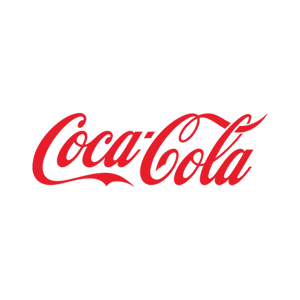
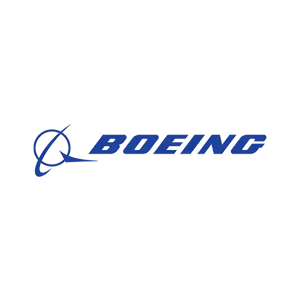
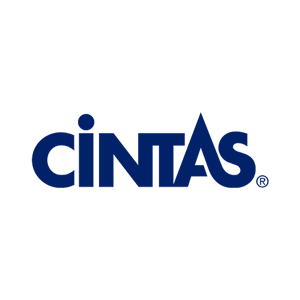
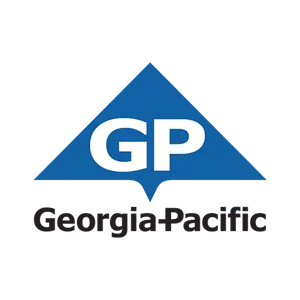
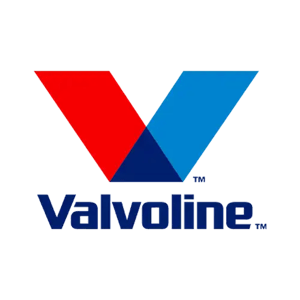

Why Diversified Fall Protection?
The measure of a job well done is a customer well served. Hear from our satisfied partners.

b-1.jpg?width=1368&height=1340&name=Rail%20(175)b-1.jpg)


